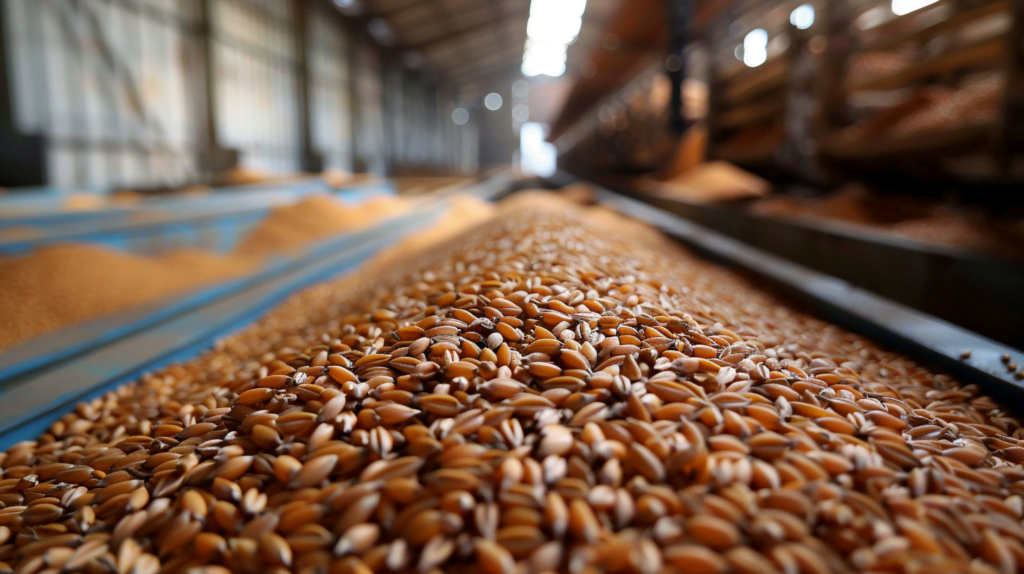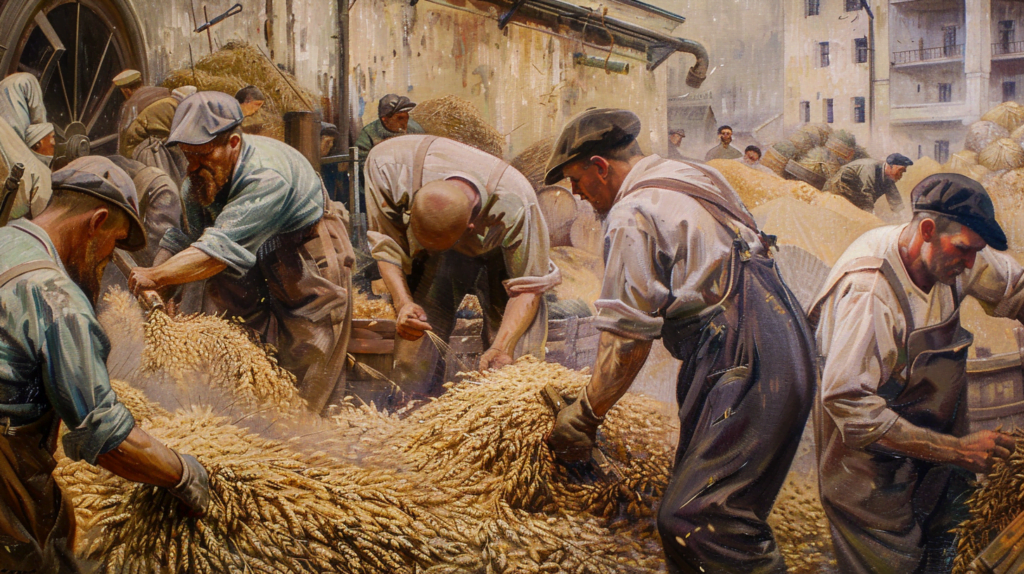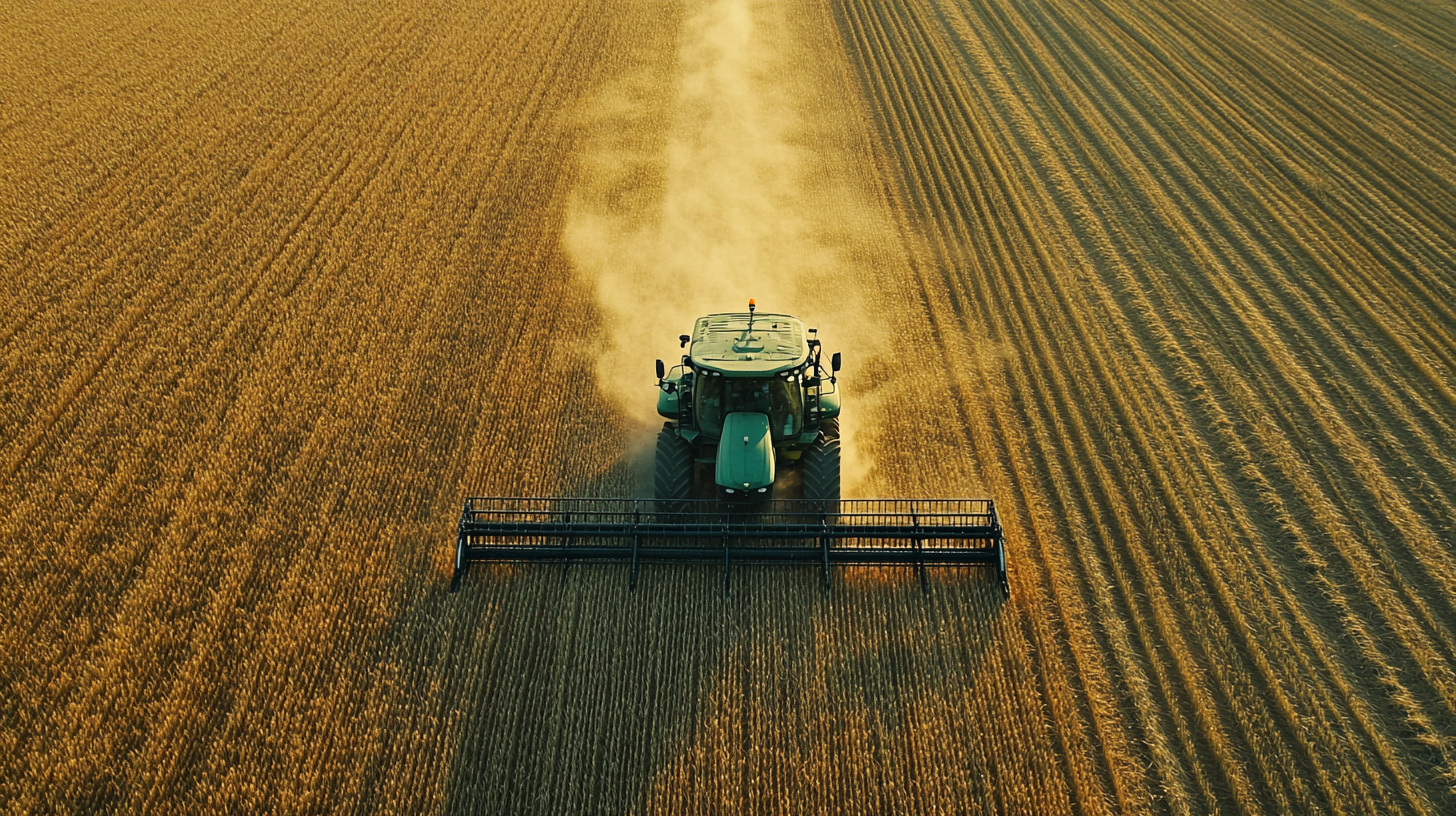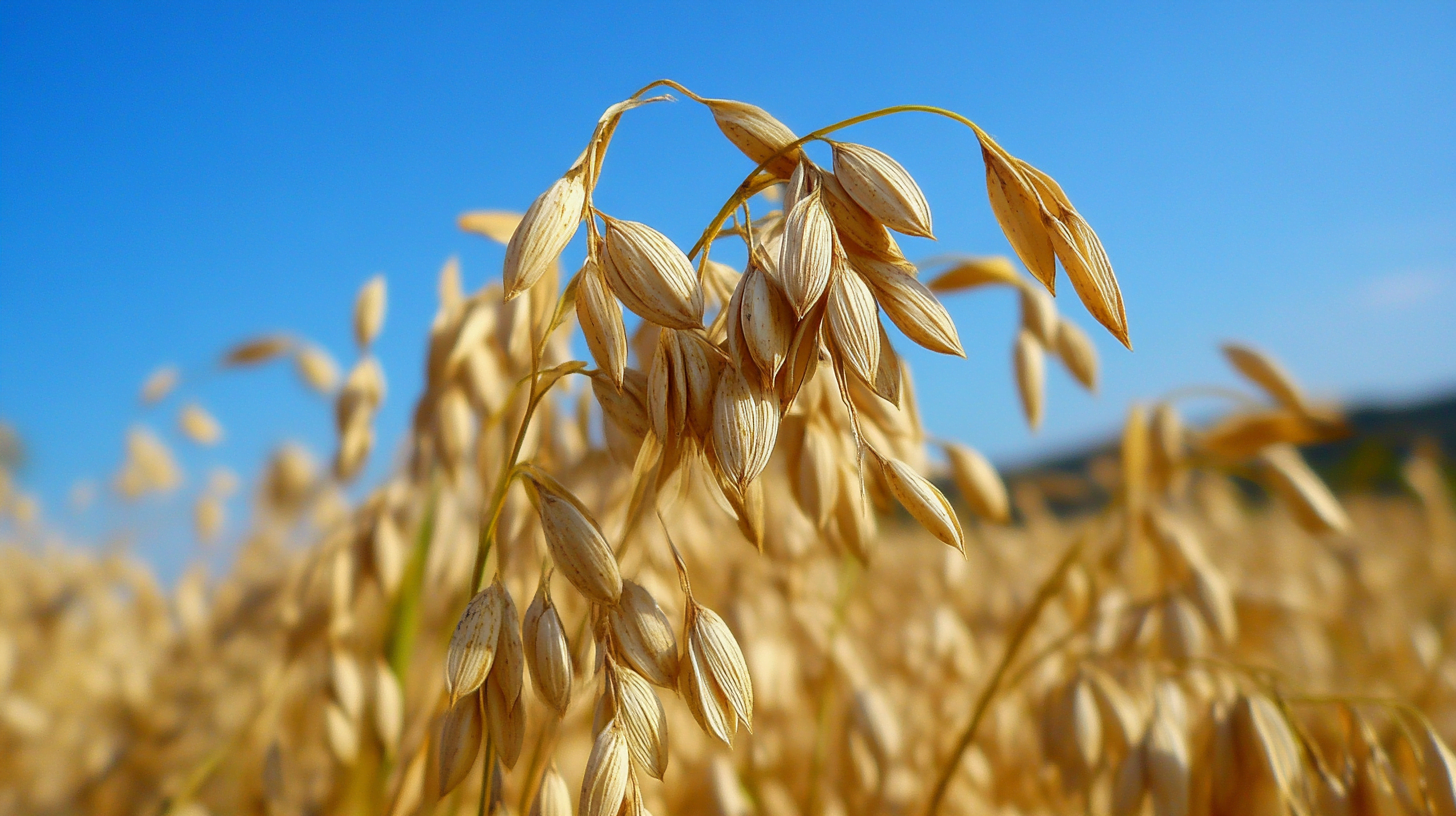Introduction
Rye, a resilient and nutritious grain, has been an integral part of Russian culture and cuisine for centuries. As one of the world’s leading producers and exporters of rye, Russia plays a significant role in the global rye trade. This comprehensive guide delves into the intricacies of Russia’s rye trade policies, exploring the country’s production, domestic market, export market, and the challenges and opportunities that lie ahead.
Understanding Rye as a Commodity
Rye is a versatile grain that boasts a range of nutritional benefits, including high fiber content, essential minerals, and slow-digesting carbohydrates. Its adaptability to harsh climates and growing conditions makes it an ideal crop for Russia’s vast and varied agricultural landscape. When compared to other grains, rye’s unique properties and market dynamics set it apart in terms of production and trade.
Russia’s Rye Production
Russia’s rye cultivation is concentrated in several key regions, each with its own distinct farming practices and technologies. These regions include:
- Central Federal District
- Volga Federal District
- Siberian Federal District
- Southern Federal District
Despite the challenges posed by weather, pests, and market fluctuations, Russian rye farmers have persevered, thanks in part to government support and subsidies designed to bolster the industry.

Russia’s Domestic Rye Market
In Russia, rye is a staple grain consumed in various forms, from traditional breads to iconic beverages like vodka and kvass. The table below highlights some of the most popular rye-based products in Russia:
| Product | Description |
|---|---|
| Rye Bread | Dense, flavorful bread made with rye flour |
| Vodka | Clear spirit distilled from fermented rye grains |
| Kvass | Fermented beverage made from rye bread |
The domestic market for rye is characterized by stable prices and consistent availability, ensuring food security for the Russian population.
Russia’s Rye Export Market
Russia’s rye exports reach a diverse array of countries, each with its own unique demand drivers and market preferences. Some of the major importers of Russian rye include:
- Germany
- Poland
- Japan
- South Korea
The competitiveness of Russian rye in the international market is influenced by factors such as price, quality, and geopolitical relationships. As global demand for rye continues to evolve, Russia has the potential to expand its export market by targeting emerging economies and developing value-added rye products.
Trade Policies and Regulations
Russia’s agricultural trade policies play a crucial role in shaping the rye trade. These policies encompass tariffs, quotas, and other trade barriers designed to protect domestic producers and regulate the flow of rye across borders. Russia’s involvement in international trade agreements, such as the Eurasian Economic Union, also has significant implications for the rye trade.
Quality Control and Standards
To maintain its position as a leading rye exporter, Russia has implemented strict quality control measures and standards. These include:
- Rigorous inspection and certification processes for rye shipments
- Adherence to international quality benchmarks
- Ongoing efforts to improve the overall quality of Russian rye
By prioritizing quality control, Russia aims to strengthen its reputation as a reliable supplier of high-grade rye in the global market.
Challenges and Opportunities in Russia’s Rye Trade
As with any agricultural sector, Russia’s rye trade faces its share of challenges and opportunities. Climate change, for example, poses a significant threat to rye production, necessitating the adoption of adaptive farming practices. At the same time, the growing demand for organic and sustainable food products presents a unique opportunity for Russia to differentiate its rye offerings in the international market.
Competition from other rye-producing countries, such as Germany and Poland, also shapes the landscape of Russia’s rye trade. To stay ahead, Russia must continue to innovate and explore new avenues for growth, such as value-added rye products and strategic partnerships with other countries.

Future Outlook for Russia’s Rye Trade
Looking ahead, the future of Russia’s rye trade will be influenced by a range of factors, from shifting global demand patterns to technological advancements in agriculture. By staying attuned to these trends and proactively adapting its strategies, Russia can strengthen its position as a leading player in the international rye market.
Some key strategies for success include:
- Investing in research and development to improve rye yields and quality
- Fostering collaborations with other rye-producing countries to share knowledge and best practices
- Exploring new export markets and diversifying the range of rye products offered
- Attracting foreign investment to modernize and expand Russia’s rye sector
Conclusion
In conclusion, Russia’s rye trade policies are a complex tapestry of domestic priorities, international relationships, and market dynamics. By understanding the intricacies of this system, businesses, investors, and policymakers can make informed decisions that shape the future of Russia’s rye trade. As the global appetite for rye continues to grow, Russia is well-positioned to capitalize on its strengths and emerge as a leader in this exciting and dynamic industry.



